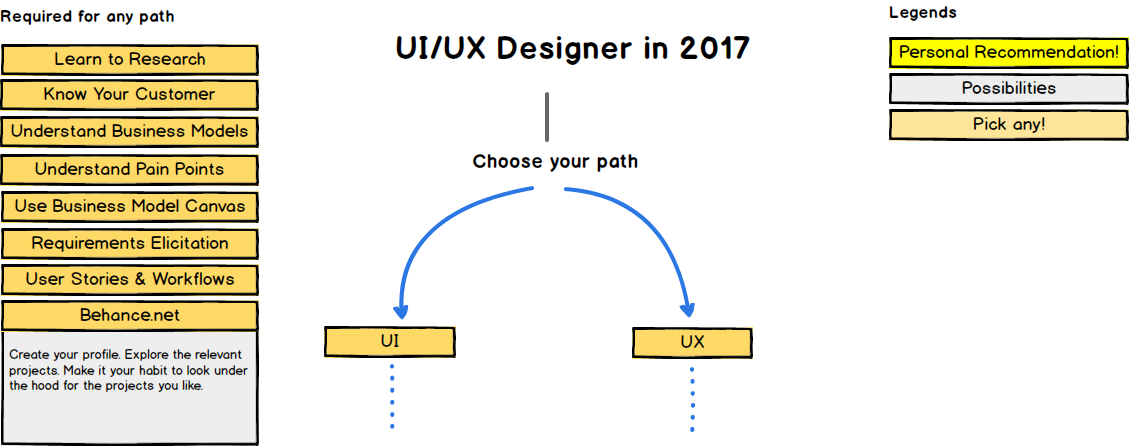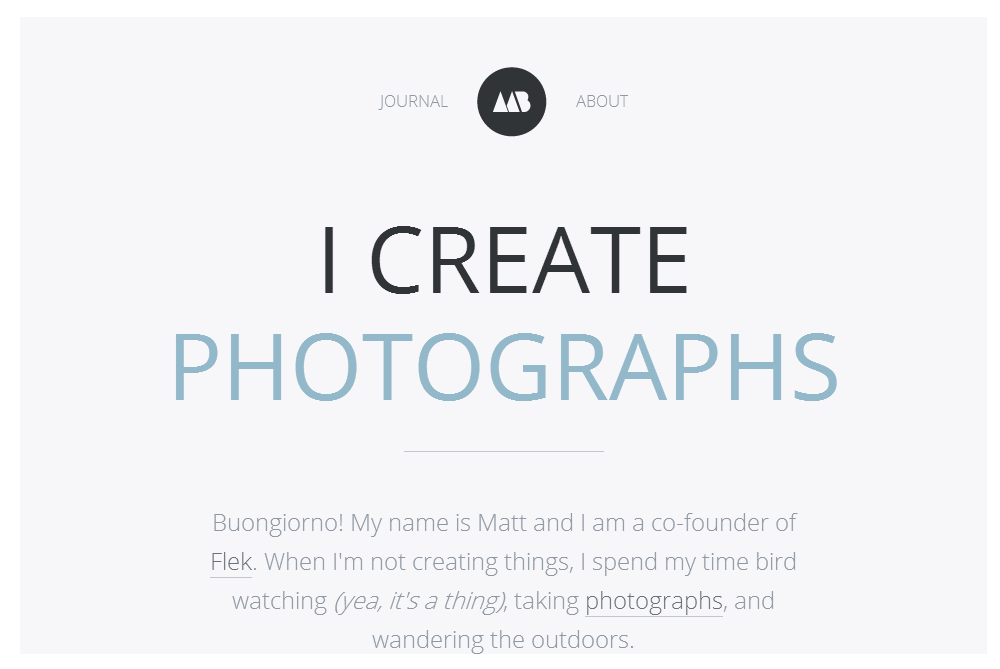
Web designers need to remember the desktop is still the main source of traffic. Approximately 75% of internet users use desktop devices, and the proportion of mobile users will decrease in 2020 and 2021. Mobile screen sizes are critical for mobile devices, with the minimum size being 360*640. But desktops still make up a substantial portion of internet usage. For those who don't understand the importance of adjusting web design for mobile devices, here are some tips.
Media queries
Media queries are an excellent way to create a website that adapts to different screen sizes. You can use media queries for changing the color and font style of the body text, depending on your viewport. You can use media queries by opening the source of the page using your browser. You can also specify minimum and maximum values. In this article, we'll talk about how to create a responsive layout with media queries.
Media queries allow you to easily adjust the layout. The most common page sizes are 320px, 768px and 1200px. These page sizes work well on desktops, tablets, smartphones, and other devices. You will have to adjust the size of your screen to meet these standards. To do this, you should use CSS to adjust the layout of your site to fit different screen sizes.

Types of media
CSS media queries can be used to create responsive layouts if you want your website to work with different screen sizes. Media queries are a feature of HTML. They were introduced in CSS2.1, HTML4, and HTML5. These are the tools that allow you to set different styles for print and screen sizes. CSS3 can now use media queries to display a different layout based on the width of the user’s device.
Start by setting the screen's minimum width to determine the best size for your website. This width is typically around 360px. But it can go as high as 500px. To calculate this width, you can use a readability theory that suggests that an ideal column length is between 70-80 characters per line, or about eight to ten words in English. Once the text block reaches this size, you should add a breakpoint.
Meta viewport
Meta viewport tags allow you to serve the same URL on many devices, while still maintaining a consistent look across all of them. By detecting the visible window size of a browser and delivering content accordingly, a responsive site can serve the same URL to users across all devices. The viewport element can be used to set the page's width. You can also use the content attributes to adjust it to fit the width on the device. Your page will automatically adjust to the width of the device when you do this.
The viewport meta tag tells the browser how to display your page. It instructs the browser how to scale or resize your page to suit the device. It is recommended to use the device width meta tag. This gets the screen's width in CSS pixels. The browser's zoom level when the page is opened by the user will be determined by the values of the meta-viewport tag. These values maintain a 1:1 relationship with the viewport's width. The browser automatically adjusts to suit the user's location when they orient the device.

Fluid image use
Fluid images are essential for responsive web design. Understanding their working principles is key. Images are the most important element of a webpage and must load first. Before loading external CSS or building the DOM, browsers first scan the page for image URLs. Because images are so large, the browser must first know the size of the source image in order to determine how to crop them. This can be resolved by using fluid images.
Consider the following when using fluid images in responsive websites: The image's dimensions will change depending upon the size of your viewport. In order to make the screen image fit the width of a viewport, a small image should be able to span it. A larger screen image will occupy a smaller area. Fluid layouts require images that can stretch to accommodate changes in size and support varying resolutions. Although fluid images can be made with many image formats, browsers are not often able to support WebP.
FAQ
What types of websites should you make?
This question is dependent on your goals. Your website should be able to sell products online. This will allow you to build a successful business. This can only be achieved by building a solid eCommerce website.
Blogs, portfolios and forums are all popular websites. Each requires different skills. You will need to be familiar with blogging platforms like Blogger or WordPress if you wish to create a blog.
You must decide how to personalize your site's appearance when choosing a platform. You can find many free templates and themes for every platform.
Once you have decided on a platform, you are able to start building your website by adding content. Images, videos, text, and other media can all be added to your pages.
When you are ready to launch your new website, you can publish it online. Visitors can view your site online once it has been published.
Should I hire a web designer or do it myself?
If you are looking to save money, don't spend on web design services. However, if you are looking for high-quality results, hiring someone to design your website might not be worth it.
You can build websites yourself without paying for professional designers.
You can make a beautiful website if you are willing to work hard and put in the effort.
Another option is to hire a freelance web developer for a project that charges per hour.
Should I use WordPress or a website builder?
It is best to start small in order to establish a web presence. If you have all the resources and time, then build a website. You might start with a simple blog if you don’t have the time or resources. As you become proficient in web design and development, you can add features as needed.
However, before you create your first website you need to set up a primary URL. This will give you something to point to when you publish content.
Statistics
- It's estimated that chatbots could reduce this by 30%. Gone are the days when chatbots were mere gimmicks – now, they're becoming ever more essential to customer-facing services. (websitebuilderexpert.com)
- Studies show that 77% of satisfied customers will recommend your business or service to a friend after having a positive experience. (wix.com)
- At this point, it's important to note that just because a web trend is current, it doesn't mean it's necessarily right for you.48% of people cite design as the most important factor of a website, (websitebuilderexpert.com)
- The average website user will read about 20% of the text on any given page, so it's crucial to entice them with an appropriate vibe. (websitebuilderexpert.com)
- Did you know videos can boost organic search traffic to your website by 157%? (wix.com)
External Links
How To
How to become a web developer?
A website is not just a collection of HTML code. It is an interactive platform that allows users to communicate and delivers valuable content.
Websites are more than just a way to deliver information. They can also be a gateway to your business. It should help customers find what they need quickly and efficiently while also showing them how you want them to interact with your company.
The best websites let visitors do exactly what it says on the tin: find what they are looking for, then go.
This goal will require you to master technical skills and aesthetics. It is necessary to be familiar with HTML5 and CSS3 coding, as well as the most recent developments in JavaScript and other programming languages.
A variety of tools are required, including InDesign, Photoshop, Illustrator and Fireworks. These tools enable designers to create website graphics and layouts. And finally, you'll need to develop your style guide, which includes everything from fonts to colors to layout.
You can learn more about web design by looking at articles, enrolling in college courses or reading online courses.
Although it might take you months or even years to finish your degree program you will be ready to join the workforce once you have earned it.
Remember to practice! The better you get at designing, the easier it will be for you to build great websites.